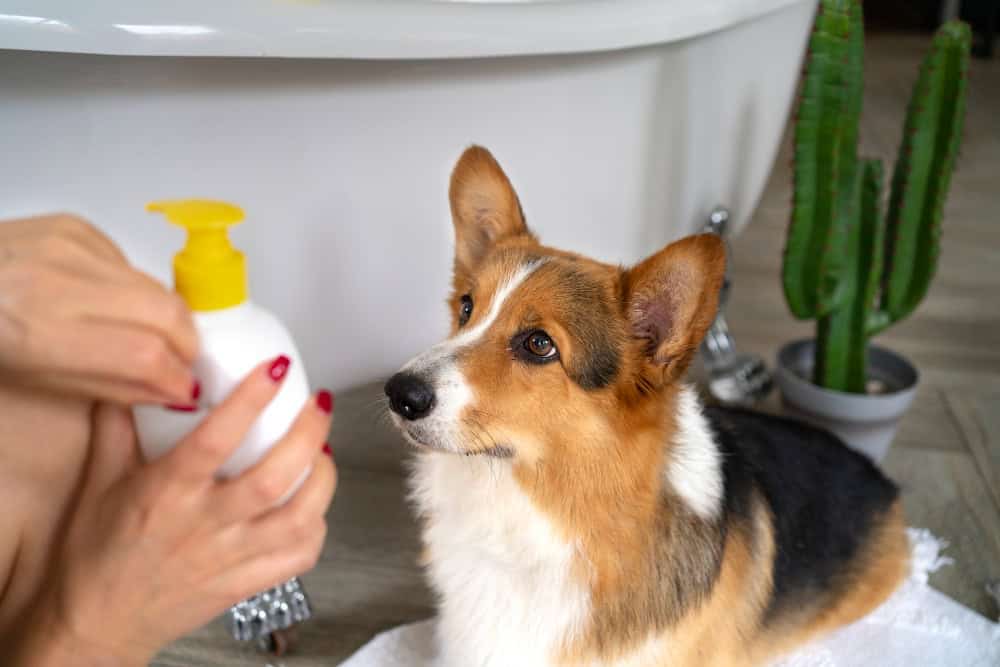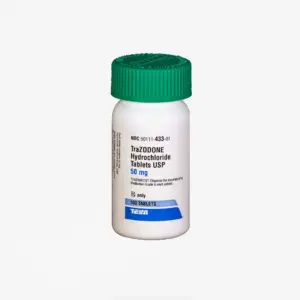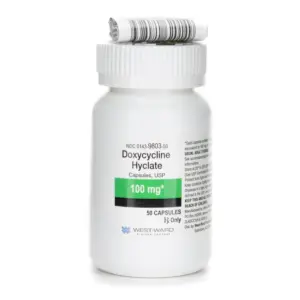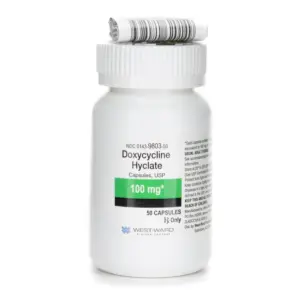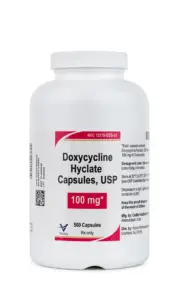
Benzoyl Peroxide for Dogs: What It Treats and How to Use It Safely?
Transform your health journey with our top practitioners. Speak with a provider today to see what treatment is right for you.
- Appointments any day of the week
- Licensed healthcare providers in your state
- 24/7 patient support
Benzoyl peroxide is a versatile medication often used in human skincare. But did you know it’s also beneficial for our canine friends? This powerful ingredient can address various skin issues in dogs, from acne to dermatitis. In this article, we’ll explore the uses of benzoyl peroxide for dogs, how to apply it safely, and where you can purchase it.
What is Benzoyl Peroxide?
Benzoyl peroxide is an organic compound widely used in dermatology for its antimicrobial properties. It works by killing bacteria on the skin, reducing inflammation, and helping to clear clogged pores. This makes it effective in treating skin conditions in both humans and dogs.
Chemical Composition
Benzoyl peroxide is composed of two benzoyl groups connected by a peroxide link. This structure allows it to decompose into benzoic acid and oxygen when applied to the skin. The oxygen released in this process helps create an environment that is inhospitable for bacteria.
Mechanism of Action
The primary action of benzoyl peroxide is its ability to release oxygen, which has potent antibacterial effects. When applied, it penetrates deep into the skin, targeting and eliminating bacteria that cause inflammation and infection. This results in reduced swelling and redness.
Historical Use in Dermatology
Initially developed for acne treatment in humans, benzoyl peroxide has been a staple in dermatology for decades. Its efficacy in reducing acne and other skin conditions made it a popular choice, which eventually extended to veterinary dermatology for treating similar issues in dogs.
Why Use Benzoyl Peroxide for Dogs?
Benzoyl peroxide is particularly useful for dogs suffering from various skin issues. Here are some common conditions it can help address:
Treating Dog Skin Issues
Benzoyl peroxide is known for its effectiveness in managing several canine skin conditions.
Dog Acne
Just like humans, dogs can develop acne. Benzoyl peroxide helps clear up clogged hair follicles, reducing acne formation. Regular use can prevent future outbreaks, maintaining a smoother skin texture for your pet.
Dermatitis
This includes both seborrheic dermatitis and other forms of skin inflammation. Benzoyl peroxide’s antibacterial properties can help soothe irritated skin. It acts by reducing the microbial load, which in turn diminishes the severity of dermatitis symptoms.
Folliculitis
A condition where hair follicles become inflamed. Benzoyl peroxide can cleanse and open up these follicles, preventing infection. By maintaining clean follicles, it reduces the chances of secondary infections developing.
Demodicosis
Also known as mange, this condition can cause hair loss and skin irritation. Benzoyl peroxide can help manage these symptoms by keeping the skin clean. Its ability to remove debris and dead cells supports healthier regrowth of fur.
Benefits of Benzoyl Peroxide for Dogs
Benzoyl peroxide offers several benefits when used appropriately on dogs.
Antibacterial Properties
Benzoyl peroxide helps reduce bacterial growth on the skin. By creating a hostile environment for bacteria, it minimizes the risk of infections, promoting healthier skin.
Exfoliating Effects
The compound clears away dead skin cells, promoting healthier skin. Regular exfoliation prevents the buildup of debris that can lead to clogged pores and subsequent infections.
Oil Control
Benzoyl peroxide reduces excess oil, which can worsen acne and other conditions. Managing oil levels helps maintain a balanced skin environment, reducing flare-ups and irritation.
How to Use Benzoyl Peroxide Safely on Dogs
Using benzoyl peroxide on dogs requires care and attention. Here are some steps to ensure you use it safely:
Choose the Right Product
Not all benzoyl peroxide products are suitable for dogs. Look for those specifically designed for pets.
Benzoyl Peroxide Shampoo for Dogs
Ideal for widespread skin issues, these shampoos allow for even application across large areas. They are formulated to cleanse thoroughly while being gentle enough for regular use.
Topical Benzoyl Peroxide for Dog Acne
Perfect for spot treatment, these products target specific areas of concern. They are concentrated to maximize effectiveness on stubborn acne spots without irritating surrounding skin.
Benzoyl Peroxide Cleanser for Dogs
Useful for regular skin maintenance, these cleansers keep the skin free from debris. Regular use can prevent the recurrence of skin conditions by maintaining a clean and balanced environment.
Patch Test First
Before using benzoyl peroxide extensively, conduct a patch test.
Importance of Patch Testing
Apply a small amount to a small area of your dog’s skin and wait 24 hours. This helps identify any sensitivity your dog may have to the product, preventing widespread irritation.
Monitoring for Reactions
Observe the test area for any signs of redness, swelling, or discomfort. If your dog shows no adverse reactions, it is generally safe to proceed with full application.
Application Process
Applying benzoyl peroxide requires careful attention to detail.
Clean the Area
Ensure your dog’s skin is clean before applying the product. This maximizes the effectiveness of benzoyl peroxide by allowing it to penetrate more deeply.
Apply Gently
Use your fingertips or a cotton ball to apply the product. Avoid the eyes, nose, and mouth to prevent irritation in sensitive areas.
Follow Instructions
Always follow the product’s instructions regarding how long to leave it on and how often to use it. Adhering to these guidelines ensures the best results and minimizes the risk of side effects.
Rinse Thoroughly
If using a shampoo or cleanser, ensure you rinse thoroughly to avoid skin irritation. Residue left on the skin can cause dryness and discomfort.
Monitor Your Dog
After application, monitor your dog for any signs of irritation or allergic reaction.
Signs of Adverse Reactions
Look for signs such as redness, swelling, or discomfort. These may indicate that the product is too strong or that your dog is allergic.
Get your anxiety symptoms checked by online healthcare providers at MEDvidi from the comfort of your home.
Consulting a Veterinarian
If you notice any adverse reactions, discontinue use and consult a veterinarian. They can provide alternative treatments or advice on how to manage the reaction.
Get professional help for anxiety from the comfort of your home.
Where Can I Buy Topical Benzoyl Peroxide for Dogs?
Finding benzoyl peroxide products for dogs is relatively easy. Here’s where you can look:
Pet Stores
Large chains like PetSmart often carry benzoyl peroxide shampoos and cleansers. Visiting a pet store allows you to consult with staff who can offer recommendations based on their expertise.
Online Retailers
Websites like Amazon offer a variety of products with user reviews to guide your purchase. Online shopping provides convenience and the ability to compare multiple brands and products.
Veterinary Clinics
Your vet might have specific recommendations or products available for purchase. Veterinary clinics often stock products that are vetted for safety and efficacy.
Pharmacies
Some pharmacies carry pet care sections that might stock these products. Checking with your local pharmacy can be a convenient option, especially if you have a trusted pharmacist.
See a healthcare provider licensed in your state to get personalized anxiety treatment.
Conclusion
Benzoyl peroxide can be a valuable addition to your dog’s skincare routine, addressing various skin conditions effectively. By choosing the right product, conducting a patch test, and following application guidelines, you can use benzoyl peroxide safely and effectively. Always consult with your veterinarian to ensure the best care for your furry friend. With the right approach, your dog can enjoy healthier, happier skin.
FAQs About Benzoyl Peroxide for Dogs
Is Benzoyl Peroxide Safe for All Dogs?
Dogs with Sensitive Skin
Breed-Specific Considerations
Can I Use Human Benzoyl Peroxide Products on My Dog?
Differences in Formulation
Potential Risks
How Often Should I Use Benzoyl Peroxide on My Dog?
Product Guidelines
Adjusting Frequency
What Should I Do if My Dog Reacts Poorly to Benzoyl Peroxide?
Immediate Steps
Seeking Veterinary Assistance
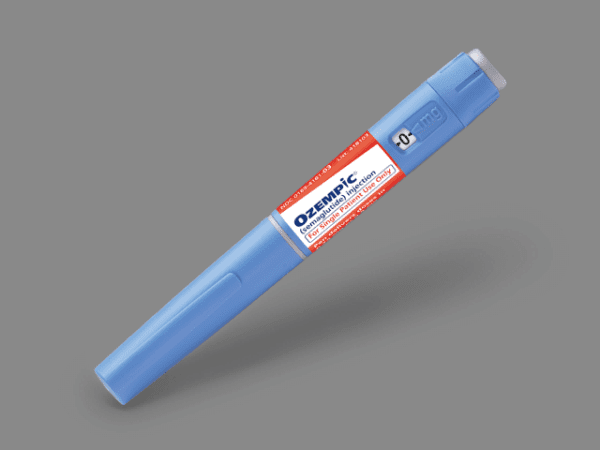
Take the first step today:
book an appointment to get your symptoms assessed and obtain a prescription online.

